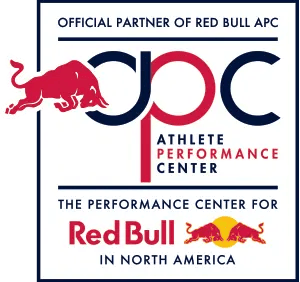We just took a look at how to protect your knees, but what about the other part of the human body that is often plagued by injury? We’re talking, of course, about the back. As a new report states, a whopping 31 million people have suffered some sort of back pain. While some injuries may be more serious than others, there are ways that persons can protect their backs throughout the entirety of their lives. That same report explains what those techniques are with direction from a physical therapist.
First, your back can’t support your upper body if it’s not strong enough for the task at hand. There are relatively simple ways to build strength in this area. If you work on your core abdominal muscles, for instance, you also improve your back thanks to the benefits to posture. Make a habit of sucking in your gut at various intervals while you go about your day. You might also tighten your gluteal muscles at regular intervals for the same reason.
Many back problems derive from the circumstances that citizens face as they go about their normal work day. The back injuries a person in an office setting might be at risk for would differ from someone who moves heavy loads in a warehouse, for instance.
For those put through lengthy periods of sitting, slouching needs to be avoided at all costs, and posture can be improved by investing in chairs and cushions that are rated for back support. You also don’t want to be on a slant. You want a level plain that allows your knees to be perpendicular to your hips, making a reverse L shape with the ground. You should also pull yourself closer to your work station rather than keeping at a distance; when you do the latter, you might be tempted to slouch forward.
If you’re in a setting that requires you to move heavy loads, make sure that you’re always pushing. Your stomach and legs get involved when you push, whereas a pulling motion puts all of the pressure on your back. Your shoes should provide adequate cushioning and support, and if you stand at a work station for a long period of time, you should invest in a soft mat and avoid bending when possible.
Bending avoidance is also important when lifting objects. You want to put the pressure on your legs, which will require you to bend your knees in a squatting movement and then stand straight up once the load is in your arms. And whatever you do, do not twist as you lift. You should strive to turn your entire body rather than keeping your feet planted.
About the author




